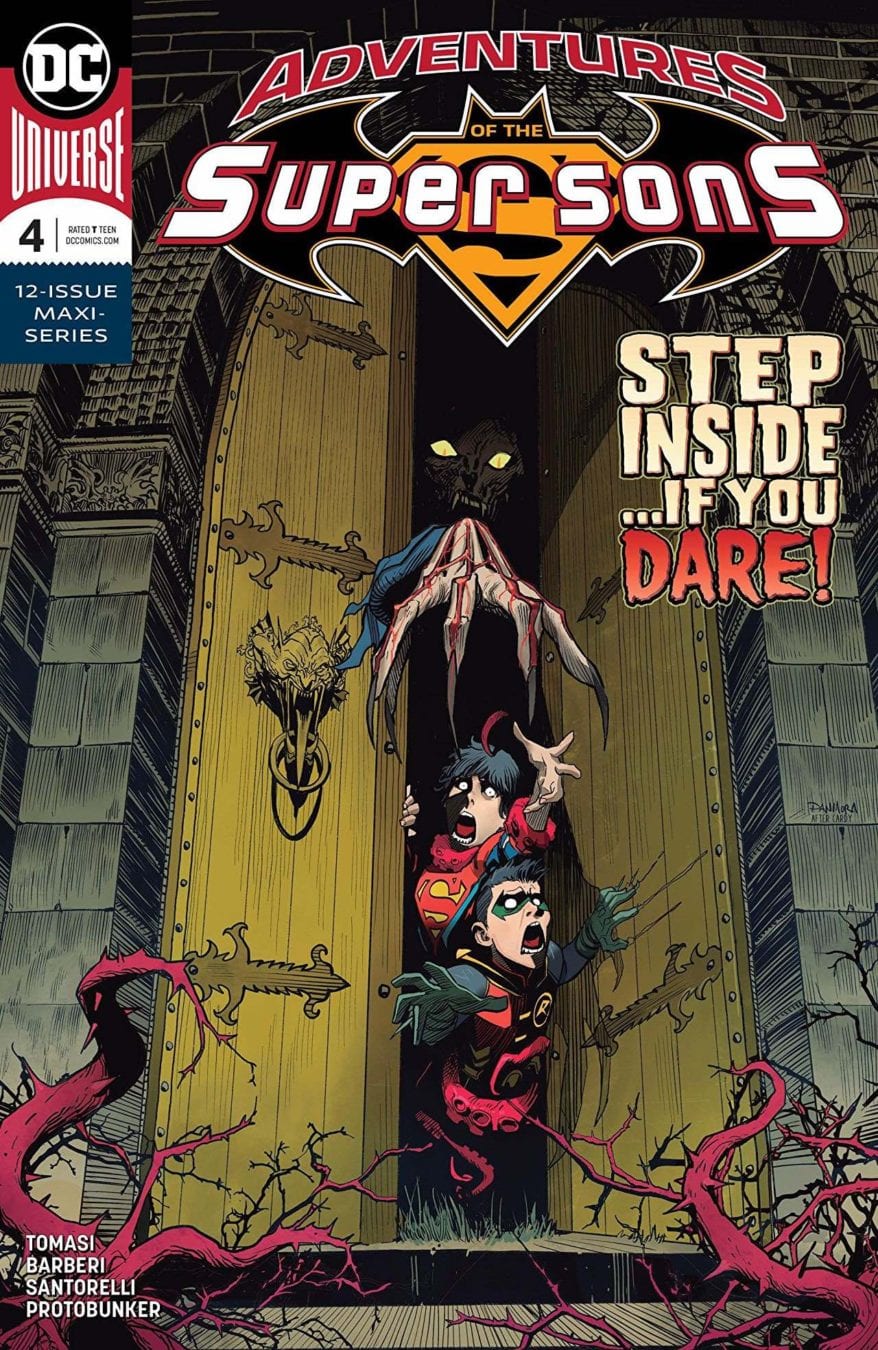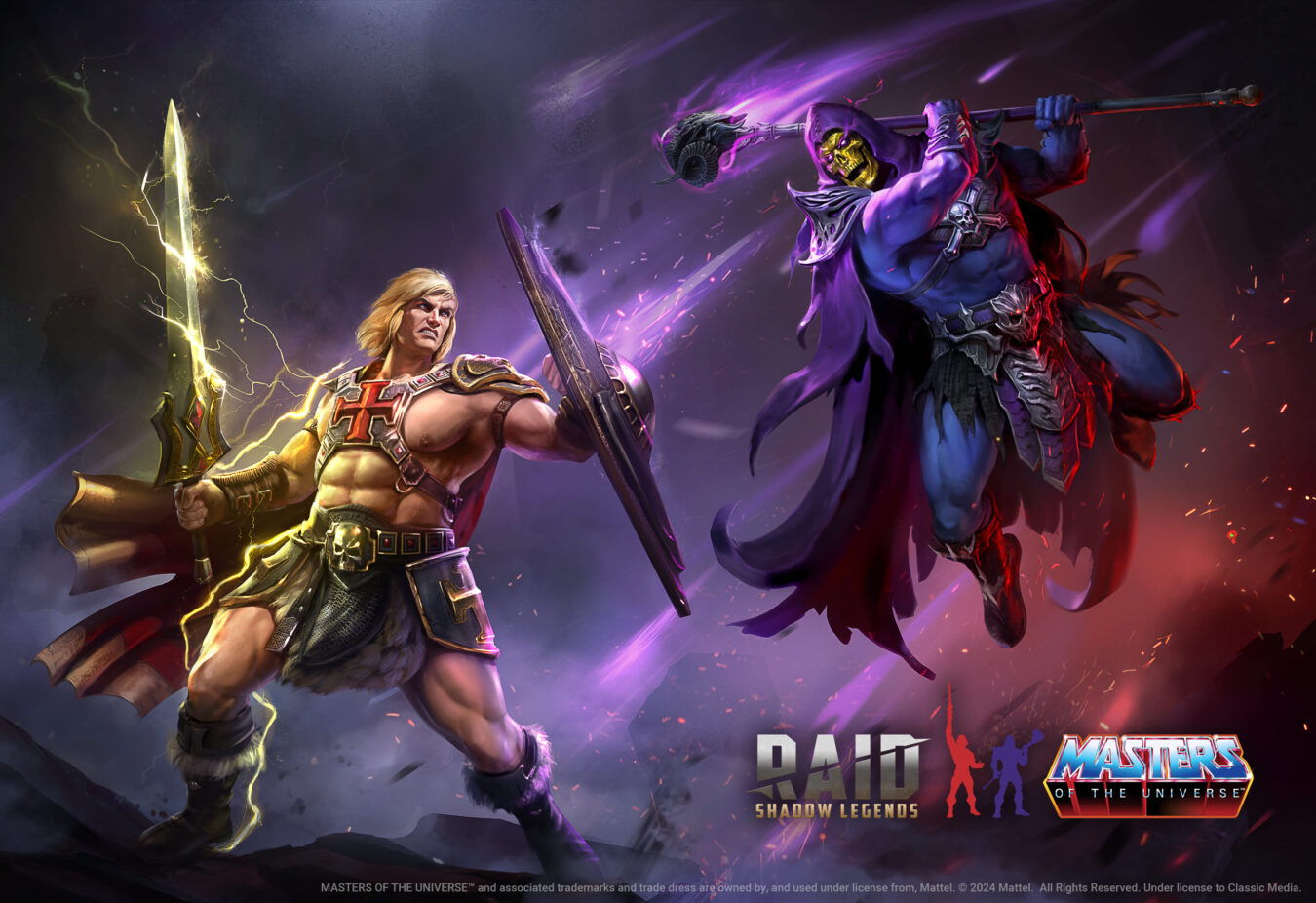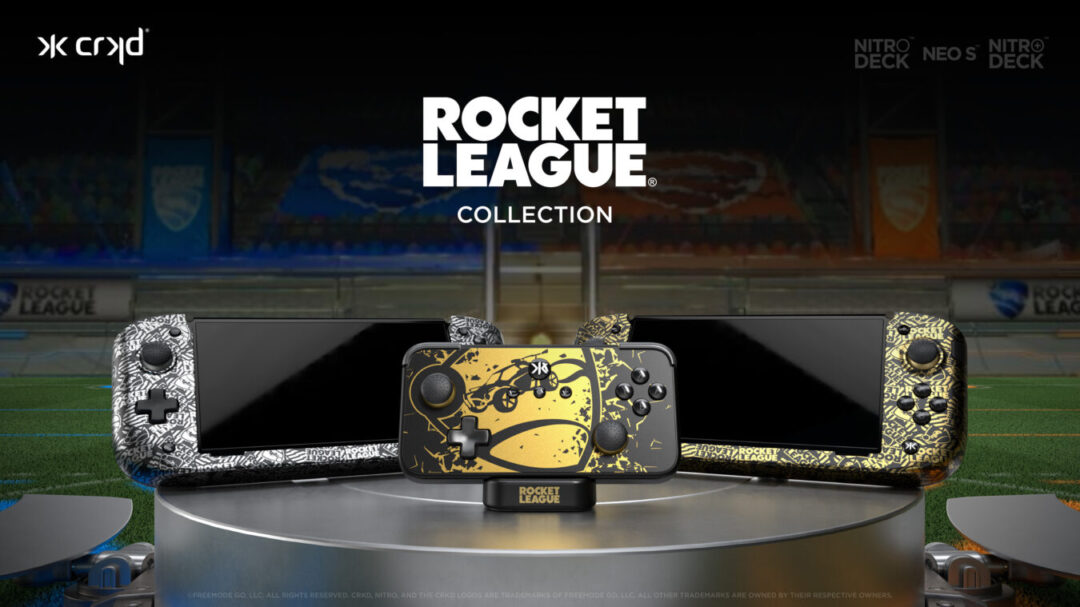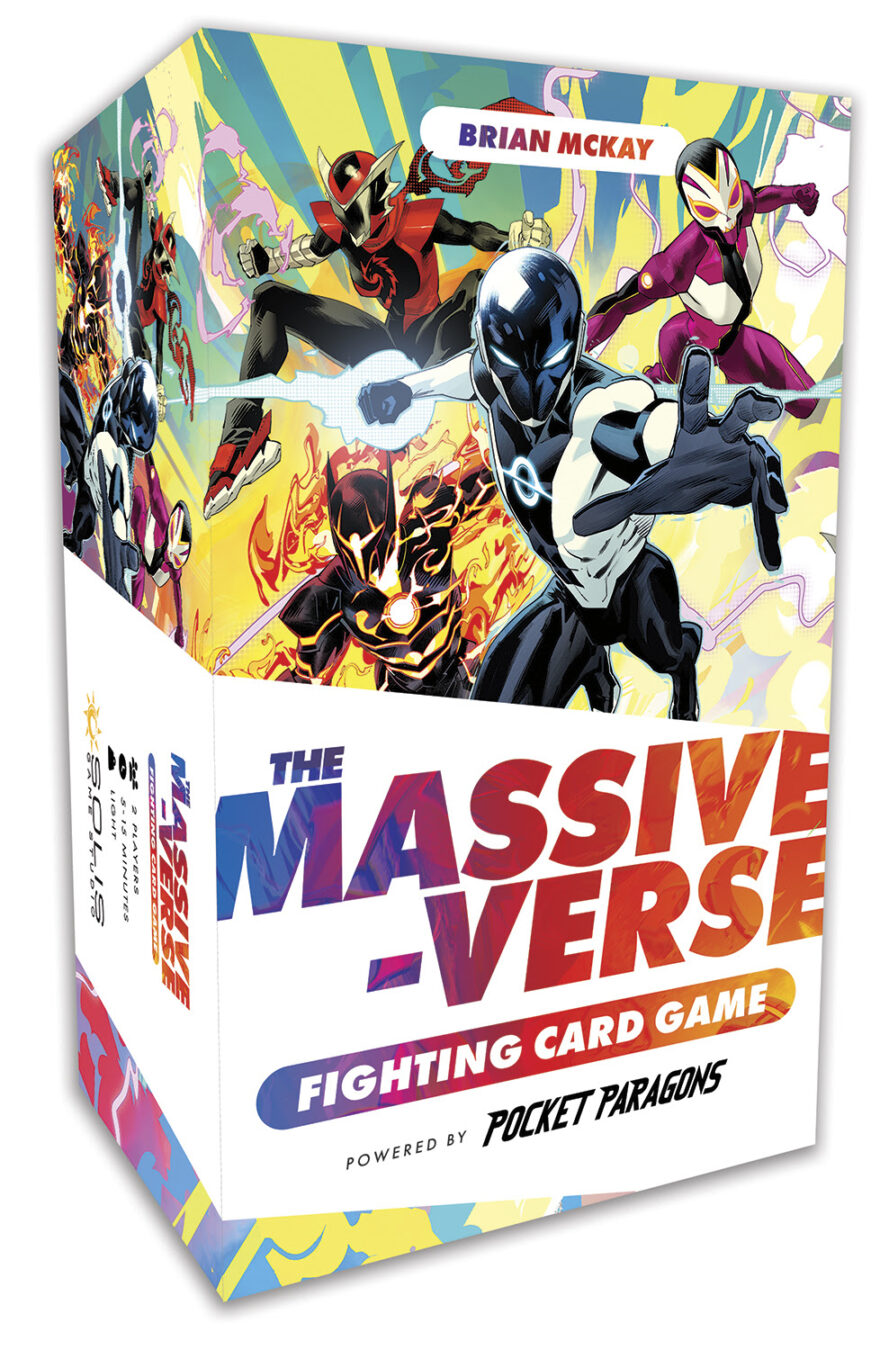REVIEW – PowerA Enhanced Wireless Controller for the Nintendo Switch
Housekeeping Notes
Full disclosure, this controller was sent to me for review, but thoughts and opinions are my own. I tested this controller primarily on a 2016 LG OLED B6 running the television’s latest firmware, using the game mode preset, with as much image processing turned off. RTINGS.com (https://www.rtings.com/tv/reviews/lg/b6-oled) lists this television as having 27.6 ms of input lag (1080p @ 60Hz, which is the resolution for the Switch). It’s not the fastest set, but under 2 frames.
I’m a bit of game controller nerd, so I was very excited to get the opportunity to review the PowerA Enhanced Wireless Controller for the Nintendo Switch. I enjoyed putting this controller through its paces and was impressed overall. It’s not perfect, but if you can live with some of the omissions and design choices that PowerA made, you will enjoy this controller.

Unboxing/Pairing experience
The unboxing experience was a good one. Being an officially licensed product (with a 2-year warranty), the packaging fits in with the Nintendo/Switch aesthetic and the box has nicely textured cardboard. While I wouldn’t call it premium, it didn’t feel cheap. The back of the box lists the Switch features that the controller does and doesn’t support. Motion control support and additional mappable buttons are the selling point. Unfortunately, HD Rumble is not included. This could be a dealbreaker for some, as games such as Mario Odyssey rely on presenting clues via rumble. In the fine print, it mentions that this controller also lacks support for IR or NFC.


The controller comes with and uses standard AA batteries with a rated life of 20-30 hours. This seemed accurate in my testing. Unfortunately, in the Switch settings, the Switch doesn’t seem to be able to provide a battery percentage, unlike the Pro and Joy-Con controllers, so you may not know to replace the batteries until they are dead. Some people may not like the fact that this can’t charge over USB and this is also an issue for those that like to play while the controller is charging. Personally, I use rechargeable AA batteries and I prefer standard batteries in a controller. I like that my old Wavebird still works if I pop in new batteries vs my PS3 controllers, which are older and barely last, so I will eventually have to go through the hassle of replacing their internal batteries.

One of the selling points of the controller is the ability to map buttons to additional triggers on the grip of the controller. The instructions are included and are simple, you simply press the center program button on the back of the controller, select the button you wish to map, then press one of the new grip buttons of your choosing.
I didn’t have any issues pairing the controller and once the controller was paired, the experience navigating menus, etc. felt no different than using a Pro controller. As you would expect, home, screenshot buttons, etc. are included and are in the locations you would expect them to be.
Initial Impressions

The PowerA does have a similar overall feel to the Switch Pro Controller and the Xbox One controller. I liked the clean, white, red, and black controller I was provided. If you aren’t a fan, PowerA does have a variety of other color/theme options.
The D-Pad feels slightly stiffer than my Pro controller. This is a pro or con depending on your preference. My Pro controller has also been used as compared to this controller, so it’s possible general wear has made the Pro controller looser over time. The D-Pad does have good feedback and feels very solid. The face buttons and triggers also feel good. The PowerA controller feels slightly lighter than the Pro controller. This is likely due to the lack of components to support HD rumble, etc.

The programmable buttons are in a very easy to press spot. At first glance, this seems like a good idea, but I found this to be an annoyance in certain games.
The lack of a USB connector could limit PC use for some players (I was able to pair the controller with my Mac via Bluetooth). Some players also prefer wired to not deal with charging. However, PowerA does sell a different controller if USB is a priority.
Switch Gameplay
The PowerA controller has great responsiveness, especially the Analog sticks, which feel excellent and have excellent range. Doom, in particular, was smooth as butter with these sticks and triggers. I never felt the need to change the default sensitivity, which is a sign of well balanced and calibrated analog sticks. However, in Doom, I’m not a fan of the R3 action button, which felt like a perfect opportunity to re-map that button to one of the programmable ones. Unfortunately, the L3 and R3 buttons don’t appear to be mappable to the handle buttons. This didn’t hinder my enjoyment, but I wished that were possible. Without a USB port, I’m not sure if firmware updates are possible to correct this.

I had no issues using the D-Pad, even in games like Street Fighter. I could pull off dragon punches, etc. without a problem. When I first started using the controller, with my preference for raised Saturn/Genesis style pads, I thought this would be a problem, but muscle memory kicked in and I was fine. I also played a lot of Axiom Verge and I didn’t notice any extra latency or input lag compared to the Joy-Cons or Pro controller (see the input testing later in this review). I also tested Bloodstained: Curse of the Moon and made jumps, etc without an issue. Diagonal use, climbing stairs, etc. in this game were all handled effortlessly.
Back on the Wii U, I started playing Splatoon with Motion controls after reading that it was the intended design and this controller didn’t disappoint here with Splatoon 2 on the Switch. The motion didn’t seem jerky and I had no problems panning, etc. After a while, the controls felt very natural (seriously, most people should try the motion controls on Splatoon).

Regarding Smash Ultimate, the PowerA is fine, but I feel like most Smash enthusiasts will go for a Gamecube adapter or a controller that mimics the Gamecube layout and feel, of which PowerA also makes.
Mario Kart 8 Deluxe is where I started to notice a problem. The trigger buttons are quite pointy and I find the right trigger, in particular, to be slightly uncomfortable, after a long session. Unlike most games where you are clicking the triggers, in Mario Kart, you are holding them down for a majority of the race. Overall, this was my biggest complaint with this controller. With how I hold a controller, the pointy part of the trigger perfectly matches where I normally rest my finger. This certainly depends on how you grip a controller. For example, my wife (and Mario Kart rival) had no issues in this regard when she used this controller.



Alternative uses | Latency testing
I took some 120fps video captures to attempt to measure the input latency. This is more of a test of my chain of components than the controller itself (and isn’t conclusive as my measurement of when a button is pressed isn’t accurate as the controllers don’t have lights that activate when buttons are pressed), but I compared it to the Pro Controller and it performed well. I’m not an expert at grabbing frames, but my test showed the PowerA ranging between 25 and 67ms, while the Pro Controller (of which I took fewer tests) ranged between 41 and 50ms. I’m including the video captures for other pixel/frame peepers to view and come to their own conclusions (link is here). I would be very happy with either controller in this regard.



It’s not listed anywhere as supported, but I decided to see if I could pair the controller with my laptop (a MacBook Air), and it paired successfully. The PowerA shows up as “Lic Pro Controller” under the Bluetooth settings. The array of controller lights kept flashing as if it wasn’t paired, but I was able to map controls and the controller did work. With the controller paired, I decided to run a manual latency test. I used the 240p test suite on a Genesis emulator since I’m most familiar with this. The manual lag test isn’t scientific and it’s more of a test of reflexes and timing, but I’ve run it often enough on a variety of systems/televisions that it’s usually a test I can personally rely on. This controller scored an average (over 3 tests) of 0.5 frame(s) of overall latency. As I mentioned, this doesn’t test the controller specifically, but this is a great score when you consider this includes the latency of the screen, emulation, and other factors. The controller definitely wasn’t a problem in this chain. I also wanted to pair the controller with my 8bitdo wireless USB adapter, but have been unable to do so, which is unfortunate, as I would love to use this controller with other systems that don’t support Bluetooth.
Pros
- Well built and feels like a first party product
- Analog sticks, d-pad, and buttons have a great overall feel and aren’t mushy
- Variety of color and theme options
- Lower price than the MSRP of the official Switch Pro controller
- Remappable buttons
- Solid battery life (rated between 20 and 30 hours)
- Officially licensed with a 2 year limited warranty
Cons
- Lack of HD Rumble, IR, and Amiibo NFC could be a dealbreaker for some players and could make some games (Mario Odyssey) hard to play.
- The L3 and R3 buttons can’t be mapped to the programmable buttons.
- Lack of USB support for playing and charging
- Pointy trigger buttons can be irritating depending on how you hold a controller.
Recommendation
I can recommend this as a great value if you can deal with some of the missing features. This controller is well-built with a first party feel, no creaking, etc. and the core functionality of a controller works perfectly.
4 out of 5 stars!
Author Profile
Latest entries
 Comic BooksFebruary 13, 2019REVIEW: Superman (2018) #8
Comic BooksFebruary 13, 2019REVIEW: Superman (2018) #8 GamingDecember 21, 2018REVIEW – PowerA Enhanced Wireless Controller for the Nintendo Switch
GamingDecember 21, 2018REVIEW – PowerA Enhanced Wireless Controller for the Nintendo Switch Comic BooksNovember 8, 2018REVIEW: ADVENTURES OF THE SUPER SONS #4 (OF 12)
Comic BooksNovember 8, 2018REVIEW: ADVENTURES OF THE SUPER SONS #4 (OF 12) Comic BooksJuly 19, 2018REVIEW: Green Lanterns #51
Comic BooksJuly 19, 2018REVIEW: Green Lanterns #51










You must be logged in to post a comment.